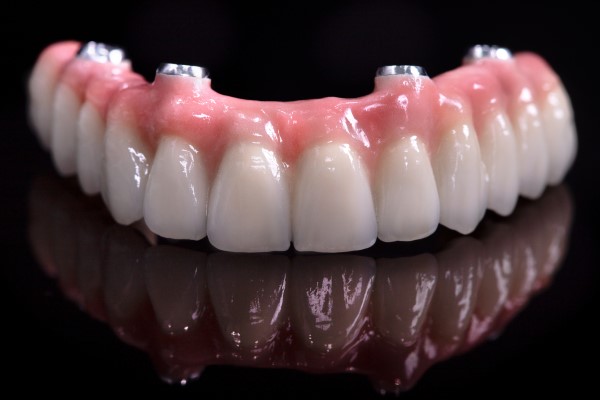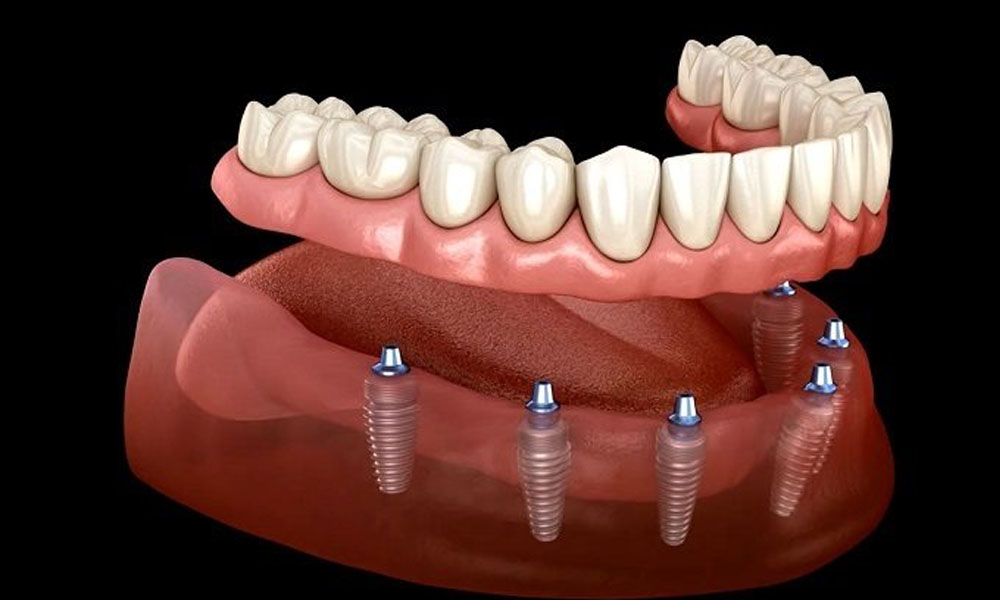The mechanism behind overdentures is a remarkable synergy of dental science and engineering, working in harmony to provide a stable, functional, and aesthetically pleasing solution for individuals with missing teeth. By leveraging the remaining natural teeth or dental implants as abutments, overdentures utilize a complex system of retention mechanisms, stress distribution, and prosthetic design to create a seamless and natural-looking restoration.
Understanding the mechanism behind overdentures offered by Concord dental care practice experts is crucial as it sheds light on the remarkable technology and expertise that goes into crafting these life-changing dental prosthetics.
What are overdentures?
Overdentures are a type of dental prosthesis that fits over existing natural teeth or dental implants, providing a removable or fixed restoration for missing teeth. They are designed to cover and utilize the remaining healthy teeth or implants as abutments, distributing the forces of chewing and biting evenly to ensure optimal oral function and comfort. Overdentures can be partial, covering only a few teeth, or complete, covering a full arch, and are typically attached using clasps, magnets, or other retention mechanisms. They are a versatile treatment option for individuals with tooth loss due to decay, gum disease, injury, or other factors, offering improved aesthetics, speech, and overall quality of life.
Key components:
- Abutment teeth or implants: These are the remaining natural teeth or dental implants that support the overdenture.
- Overdenture base: This is the acrylic or metal base that fits over the abutment teeth or implants.
- Artificial teeth: These are the prosthetic teeth attached to the overdenture base.
- Retention mechanism: This can be clasps, magnets, or implants that hold the overdenture in place.

What is the mechanism involved in overdentures?
The mechanism involved in overdentures includes:
- Support: Abutment teeth or implants provide support for the overdenture, distributing forces evenly.
- Stability: The overdenture base fits snugly over the abutments, ensuring stability and preventing movement.
- Retention: Clasps, magnets, or implants hold the overdenture in place, maintaining retention.
- Distribution of forces: The overdenture design distributes chewing and biting forces across the abutments, reducing wear and tear.
- Load transfer: Forces are transferred from the overdenture to the abutments, utilizing their natural support and stability.
- Tissue management: The overdenture is designed to manage and protect the surrounding oral tissues, ensuring comfort and health.
- Prosthetic teeth: Artificial teeth are attached to the overdenture base, restoring aesthetics and function.
- Adjustments: The overdenture is adjusted to ensure proper fit, function, and comfort.
What are the benefits of overdentures?
The benefits of overdentures include:
- Improved oral function: Enhanced chewing, biting, and speaking abilities.
- Aesthetics: Natural-looking teeth and smile restoration.
- Confidence boost: Increased self-esteem and self-confidence.
- Preservation of natural teeth: Reduced risk of further tooth loss.
- Comfort: Even distribution of forces, reducing discomfort and pain.
- Easy maintenance: Removable for cleaning and maintenance.
- Versatility: Can be used for partial or complete tooth loss.
- Cost-effective: Compared to other tooth replacement options.
- Quick recovery: Fast adaptation and recovery time.
- Long-lasting: Durable and long-lasting with proper care.
- Bone preservation: Helps maintain jawbone density and structure.
- Improved nutrition: Enhanced ability to eat a balanced diet.
- Enhanced overall health: Positive impact on overall physical and mental well-being.
- Customization: Tailored to individual needs and preferences.
- Professional solutions: Provided by experienced dentists and prosthetists.
Conclusion
Overdenture is a remarkable dental solution that leverages a complex mechanism to restore oral function and aesthetics in individuals with missing teeth. By harnessing the support and stability of remaining natural teeth or dental implants, overdentures distribute forces evenly, ensuring optimal comfort and longevity. The intricate interplay of retention mechanisms, stress distribution, and prosthetic design enables overdentures to provide a reliable and effective treatment option for tooth loss. Overdentures will remain a vital tool in the quest for optimal oral health and well-being.

